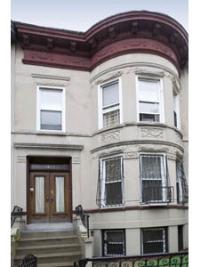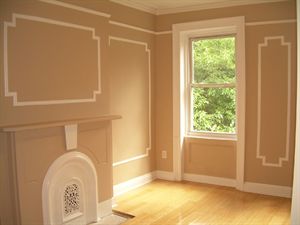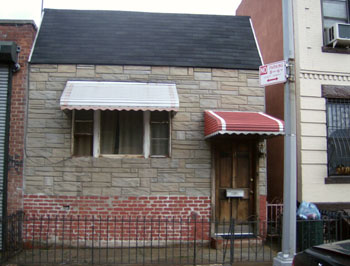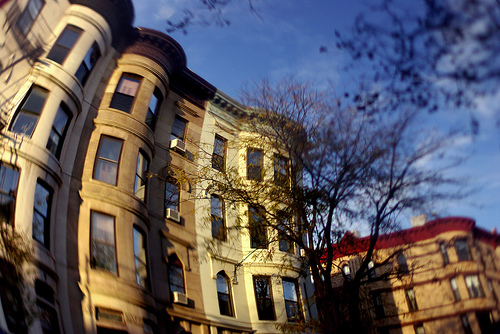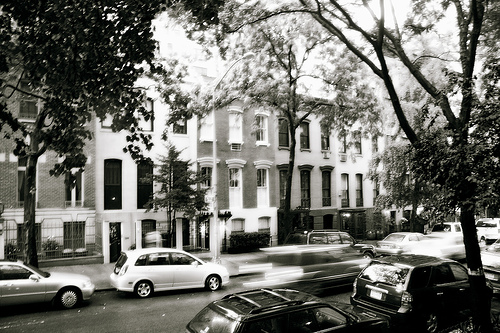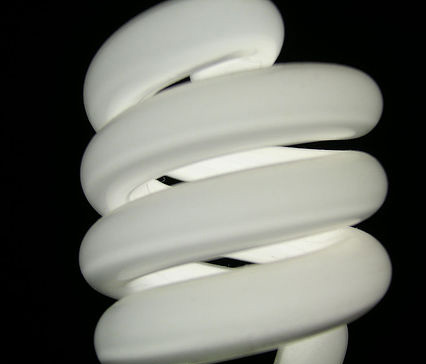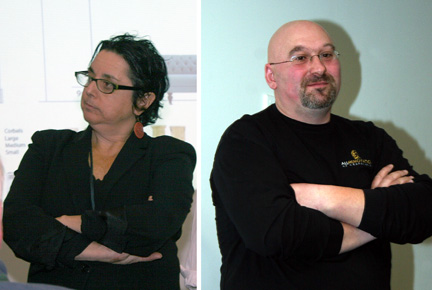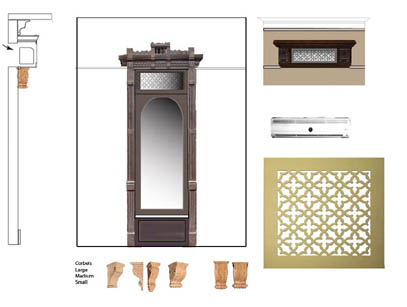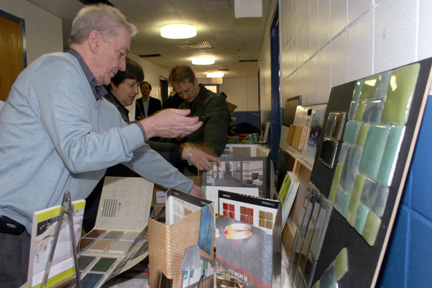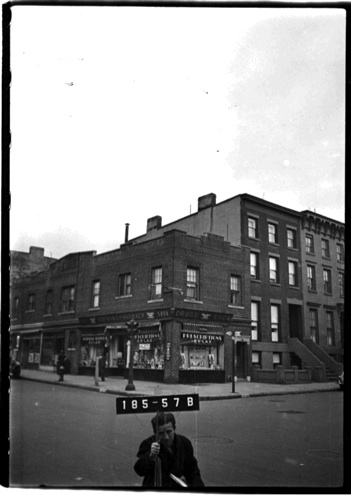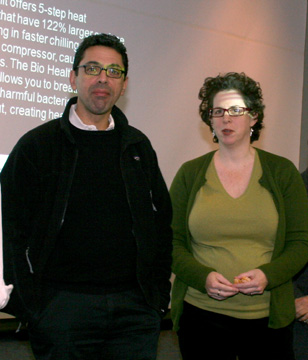We’re going into a recession! There’s a housing slump! So does that mean a Brooklyn townhouse can be had for under $600k now? Let’s see….
$599k: 2 Family, Crown Heights North. OH Sunday!
I’m putting this one at the top of the list because judging from internet alone, it looks like the best choice. A 3200 square foot 2 family limestone in Crown Heights North. It looks like this has great detail. According to the floorplan, only 2 floors are finished. Agents suggest finishing the “English basement” for a lower duplex. If the previous owner had done this, the price would not be under $600k! Open House this Sunday: 1274 Park Place.
$575k: 2 Family Bed Stuy
Location! Location! Location! This house needs a full reno, including roof, plumbing and electric. Maybe even windows and facade, judging from the picture. Some details remain. They list it as a 3 story, but I’m looking at 4 in the photo. That would mean more rental space=more money. Or a larger space for yourself. The map is showing MacDonough and Tompkins, which is right near an up and coming strip of shops and restaurants, close to Fulton and 2 blocks from the A express. Oh, and a block from the Reclaimed Home Brooklyn headquarters. The rehab needed might be too extensive to make this work.
$599k: Renovated 2 Family in Bed Stuy
Looks like they did a nice job of restoring this place, but it’s difficult to see since 2 of the 3 shots are of the hallway. And no exterior photos! Located on Monroe between Stuyvesant and Lewis. I know that Stuy/Lewis is verrry desirable closer to Fulton, but I’m not familiar with that particular block.
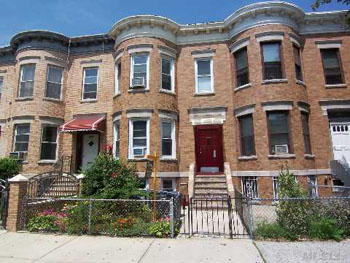
$599k: Flatbush
Not much to go on. To say this house needs updating would be an understatement. Nice vinyl panels in the hallway! But I’m seeing some details, which makes this an exciting option. Looks like some original plaster, molding and doors are left.
Hmm, not much info here as far as photos or exact location. Sez 3 renovated apartments. I’m thinking, live in one and fill the other two with hipsters who will pay your entire mortgage. Not a bad scenario, no?
And if you must live in Park Slope, there are still homes on the fringes of the neighborhood. This 2 BR shack house in need of updating is somewhere within walking distance to 7th Ave, 5th Ave and Smith Street. Maybe it’s even got breathtaking views of the Gowanus? Oh wait, there’s already an accepted offer. What? I didn’t say anything.

